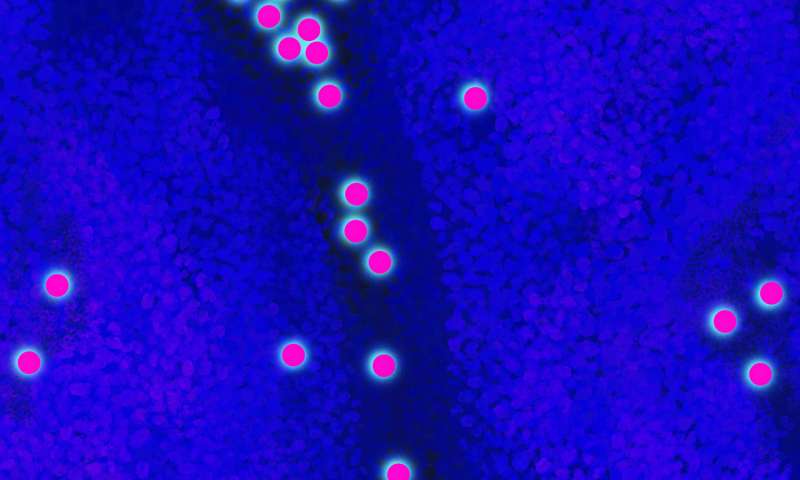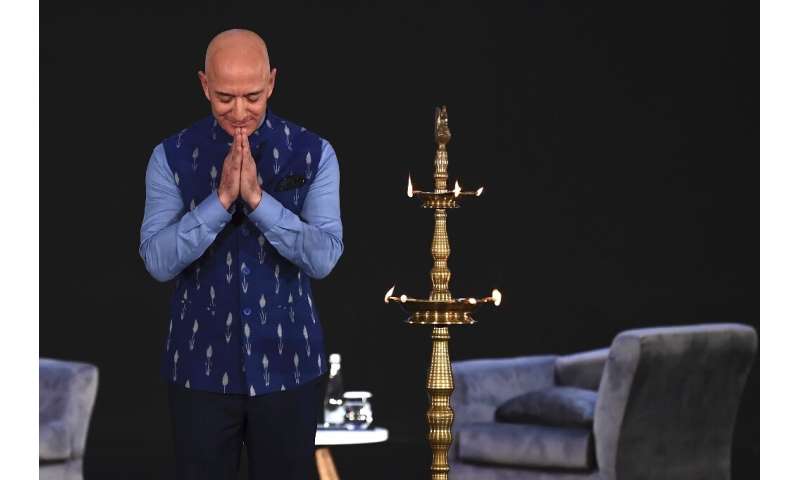Opioids prescribed more often than recommended to patients with musculoskeletal pain

During their first physician visit, patients experiencing newly diagnosed chronic musculoskeletal pain are prescribed opioids more often than physical therapy, counseling, and other nonpharmacologic approaches, according to a new study published in the Journal of Pain. The use of opioids over other approaches stands in contrast with clinical recommendations for the use of nonopioid pain approaches and nonpharmacologic approaches. The study included authors from the National Center for Complementary and Integrative Health (NCCIH), part of the National Institutes of Health; the University of Montreal; and McMaster University in Hamilton, Ontario, Canada.
"Particularly when the patient is experiencing pain that may become chronic, that first clinical encounter can set the course for patient care moving forward," said Helene Langevin, M.D., director of NCCIH. "This study was designed to assess the ways in which real-world practice compares and contrasts with practice guidelines for these initial patient encounters."
Study authors analyzed data from the National Ambulatory Medical Care Survey (NAMCS), conducted between 2007 and 2015. The survey data are collected by the Centers for Disease Control and Prevention's National Center for Health Statistics and represent how medical care services are used in the United States. The results concur with the high prevalence of chronic musculoskeletal pain in the United States, with an average of 36.8 million initial visits (for a new chronic pain problem) per year or approximately 11.8 percent of the population.
Overall, on initial visit, patients were prescribed nonopioid medication 40.2 percent of the time, opioids 21.5 percent, counseling 15.2 percent, other nonpharmacologic treatments 14.3 percent, and physical therapy (PT) least often, at 10 percent. The most common nonopioid medication prescribed was nonsteriodal anti-inflammatory drugs (NSAIDs), prescribed at 31.1 percent of initial visits. Nonpharmacologic treatments included counseling, prescribed at 15.2 percent of initial visits, exercise at 11.7 percent, diet and nutrition at 6.4 percent, complementary approaches at 6 percent, and weight reduction at 3 percent.
The study identified multiple patient-related factors that affected the likelihood of patients being prescribed opioids versus physical therapy, counseling, and other nonpharmacologic approaches including age, sex, body mass index, smoking status, race and ethnicity, and payer status.
The study also found that provider specialty was associated with treatment approaches.
- Internists, orthopedists, and neurologists were less likely than family practitioners to prescribe opioids.
- Oncologists, general surgeons, and orthopedists were also less likely to prescribe other types of medication compared to family physicians.
- Orthopedists and neurologists referred patients to PT more than family doctors did.
- General surgeons were less likely to prescribe other nonpharmacologic treatments.
- Compared to physicians with an M.D. degree, those with a D.O. degree were more likely to prescribe nonpharmacologic treatment other than PT or counseling.
The study also found that physicians using electronic medical records were more likely to prescribe opioids than those using paper records, though authors noted it was a novel finding that would need to be confirmed with additional study.
"In recent years, we've seen greater awareness of the risks of opioid prescribing, especially as a first-line treatment, and current guidelines reflect the risks and benefits for patients of prescribing opioids versus other approaches," said Richard Nahin, Ph.D., M.P.H., lead author and senior epidemiologist at NCCIH. "This study serves as a benchmark for clinicians to assess how much progress we're making toward integrating guidelines, including the CDC Guideline for Prescribing Opioids for Chronic Pain, into clinical practice and offers insight on where to focus efforts to close gaps in care during that critical first patient visit."













